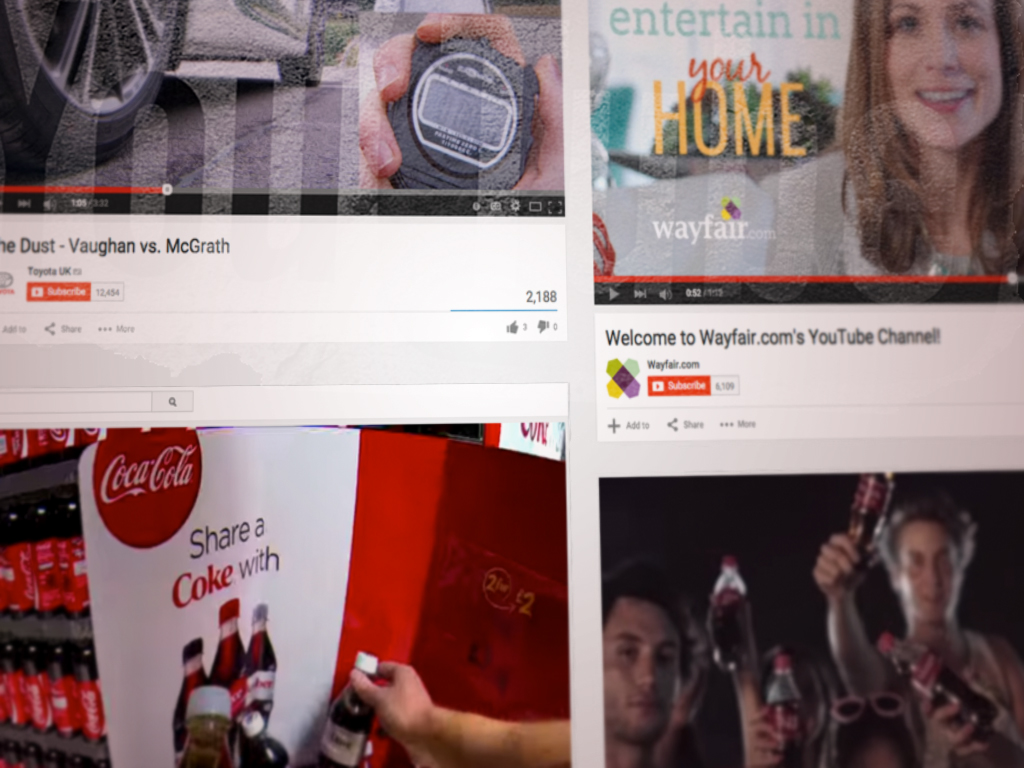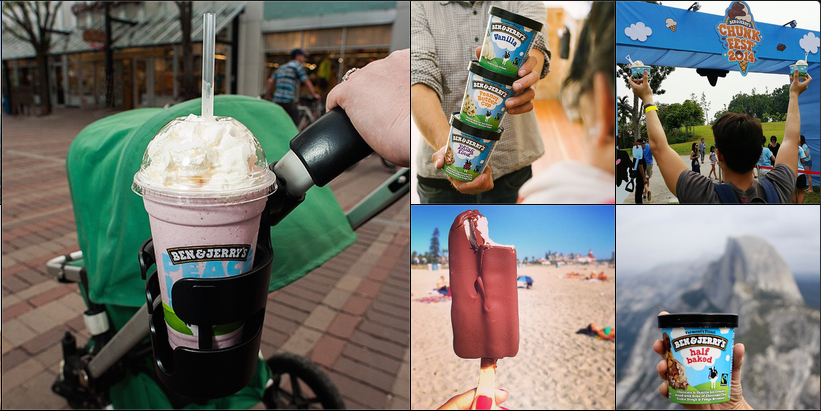For brands, one of the keys to success on YouTube is defining priority objectives. Is it to build awareness? Influence consideration? Drive online or offline sales? Grow loyalty? What role do you want your videos to play in your content marketing strategy?
Last week, we unlearned what we had learned about successful TV advertising strategies. Now, we’re ready to learn the first of seven ways to improve your video marketing strategy.
To begin with, your YouTube videos should be part of your overall content marketing strategy. Although this appears obvious, some senior marketers have put making videos into an organizational silo, or (worse) have outsourced this to an agency that isn’t a member of their dedicated content marketing group. As a result, their YouTube videos aren’t appropriately conceived, targeted and measured, or (worse) are merely a montage of B‑roll posted in hopes that the clips will wind up on TV in future super PAC ads.
If you want an example, just watch “McConnell Working for Kentuckians,” which was published on March 11, 2014.
Jaime Fuller of The Washington Post wrote about this YouTube video in a story, “How ‘McConnelling’ came to be the hottest thing on the political web.” She said, “Earlier this week, the campaign of Senate Minority Leader Mitch McConnell (R‑Ky.) released an ad with no words. Only Mitch McConnell’s smiling face. The Internet responded in kind by inserting McConnell’s face where it was meant to be. No, not in super PAC ads. At the end of ’90s sitcom title sequences, obviously.”
So, how do you avoid being “that guy”? Well, there are three key steps to building YouTube videos into your content marketing strategy:
- Define your core content strategy. There are four main ways you can provide intrinsic value to your viewers.
- Inspiration: YouTube has brought to light thousands of inspiring stories. For example, watch “Danny MacAskill – ‘Way Back Home’” on the Red Bull channel.
- Entertainment: Some videos are plan-and-simple guffawingly funny. For example, watch “Girls Don’t Poop — PooPourri.com.”
- Enlightenment: These are documentaries similar to what you’d see on PBS. For example, watch “Always #LikeAGirl.”
- Education: Educational videos show how to do things and use products. For example, watch “Google Search: Reunion.”
- Define your content creation strategy.
- Hygiene content: What is your audience actively searching for regarding your brand or industry? What can serve as your 365-day-relevant, always-on, PULL content programming? For example, product tutorials, how-to content, customer service, etc.
- Hub content: The content you develop on a regular basis to give a fresh perspective on your target’s passion points. (For example, verticalized content about a product line.) This is often staggered throughout the year.
- Hero content: What content do you want to PUSH to a big, broad audience? What would be your Super Bowl moment? A brand may have only a few hero moments in a year, such as product launches or industry tent-pole events.
- Define your content distribution strategy.
- Store: You’ll need a central place to store and organize your content to ensure that it’s accessible to your audience anywhere, anytime. Consider using a YouTube channel linked to your other properties as your content hub.
- Deliver: An editorial calendar will help you ensure your brand’s consistent presence throughout the year and align content programming with your marketing calendar. Consider a three-tiered calendar that includes hygiene, hub, and hero content.
- Activate: Given the abundance of content on YouTube, it’s key to not only produce great content but also to ensure it’ll reach your desired audience with a solid activation and promotion strategy. The right activation strategy depends on the content type. Hero content should be activated by a massive promotional campaign across multiple channels. Hub content calls for more targeted activation.
There are also five guiding principles will help define how YouTube videos should fit into your content marketing strategy.
- Know who you are trying to reach. You know your core audience and your target demographic; now you need to investigate exactly how they behave on YouTube. What videos do they watch? How active are they on social networks? How do they use their mobile devices?
- Know what problem you’re trying to solve. Define your brand’s priority objectives on YouTube. What role do you want your videos to play in the marketing mix?
- Building awareness: Will users be able to recall and recognize your brand, product, or service after watching the video
- Influencing consideration: Will users consider purchasing your product or service after watching this video?
- Driving online or offline sales: Will users be more likely to visit your website or store or purchase your product after watching this video?
- Growing loyalty: Will users be more likely to recommend your brand, product, or service after watching this video?
- Know your brand on YouTube. What does your brand stand for with your target demo on YouTube? What do they know about your brand? Do they know what you do or make? YouTube Analytics can help you see how your content is currently resonating (or not) with your target demo.
- Know the competition. Spend some time looking at what your top competitors are doing with their online video content. Visit their YouTube channels and see what’s performed well for them, and look at what they’re up to across the entire digital ecosystem. What are they doing successfully? Where are there opportunities for your brand?
- Know what success looks like. Now that you’re on the path to making great branded videos, how are you thinking about success? Is success about views? User engagement? Or other metrics further down the funnel? Once you’ve determined what success looks like, you’ll need to track related metrics before, during, and after the video release to see if it moved the needle.
That’s how to ensure that your YouTube videos are part of your overall content marketing strategy. Up next: we’ll take a look at 10 fundamental principles have emerged for creating content that people will love.


